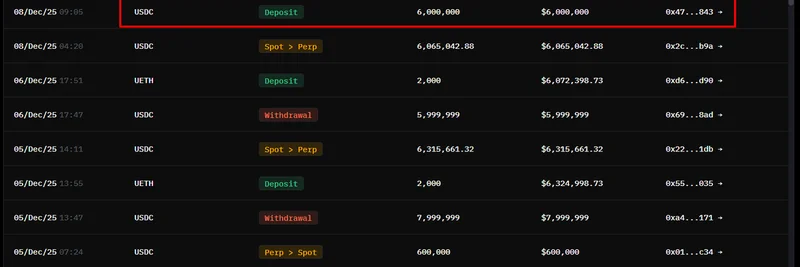In the fast-paced world of cryptocurrency, it's easy to get caught up in the hype without understanding the underlying tech. A recent tweet from crypto commentator MartyParty (@martypartymusic) breaks it down simply, urging everyone to "sharpen up" on the differences between blockchain generations. His post, which you can check out here, highlights how modern Gen 3 blockchains function like distributed supercomputers, and why that's a big deal—especially for meme tokens.
Let's unpack what MartyParty is saying. He describes Gen 3 blockchains as akin to mainframes but spread out across multiple nodes to avoid any single point of failure. These networks are open-source, meaning anyone can inspect and contribute to the code, and they're governed by stakeholders who vote on changes. The nodes connect via high-speed fiber on private networks, dodging the congestion of the public internet for lightning-fast performance.
The key feature? Anyone can run any program on these blockchains by paying for "Compute Units." This is a game-changer because it turns the blockchain into a global, accessible computing platform. In contrast, Bitcoin (Gen 1) is primarily a digital currency focused on secure, decentralized transactions, while Ethereum (Gen 2) introduced smart contracts but struggles with scalability and high fees during peak times.
For meme token enthusiasts, this distinction is crucial. Many popular meme coins, like those on Solana—a prime example of a Gen 3 blockchain—benefit from this setup. Solana's architecture allows for thousands of transactions per second at minimal cost, making it ideal for the rapid buying, selling, and pumping that define meme token culture. Unlike Ethereum, where gas fees can eat into your profits during a viral moment, Gen 3 chains keep things smooth and affordable.
MartyParty's advice to stop lumping all blockchains and tokens together resonates deeply in the meme space. Meme tokens aren't just fun pictures or jokes; they represent communities, narratives, and sometimes even innovative utilities built on specific chains. For instance, a meme token on Bitcoin might focus on ordinals or runes, emphasizing scarcity and collectibility, while one on Solana could leverage fast DeFi integrations or NFT launches.
The tweet sparked various reactions. One user questioned the real utility beyond narratives, pointing out that knowledge alone might not address underlying issues. Another humorously compared blind investing to "wearing a swimsuit to Antarctica." There was even a skeptical GIF reply featuring Will Ferrell repeatedly saying "I don't believe you," capturing the doubt some feel about overhyped tech claims.
But MartyParty's point stands: education is key. Before diving into a new meme token, research the underlying blockchain. Is it Gen 3, offering scalability for mass adoption? Does it align with the token's purpose? This approach not only helps avoid rugs and scams but also positions you to spot the next big thing in the meme ecosystem.
At Meme Insider, we're all about empowering you with this knowledge. Whether you're a degen chasing 100x gains or a builder creating the next viral token, understanding these blockchain differences can enhance your strategy. Keep following threads like MartyParty's for insights, and always DYOR—do your own research.
If you're new to Gen 3, start exploring Solana-based memes or check out projects on other scalable chains like Sui or Aptos. The future of memes is distributed, fast, and full of potential. What's your take on Gen 3 blockchains? Drop a comment below!

